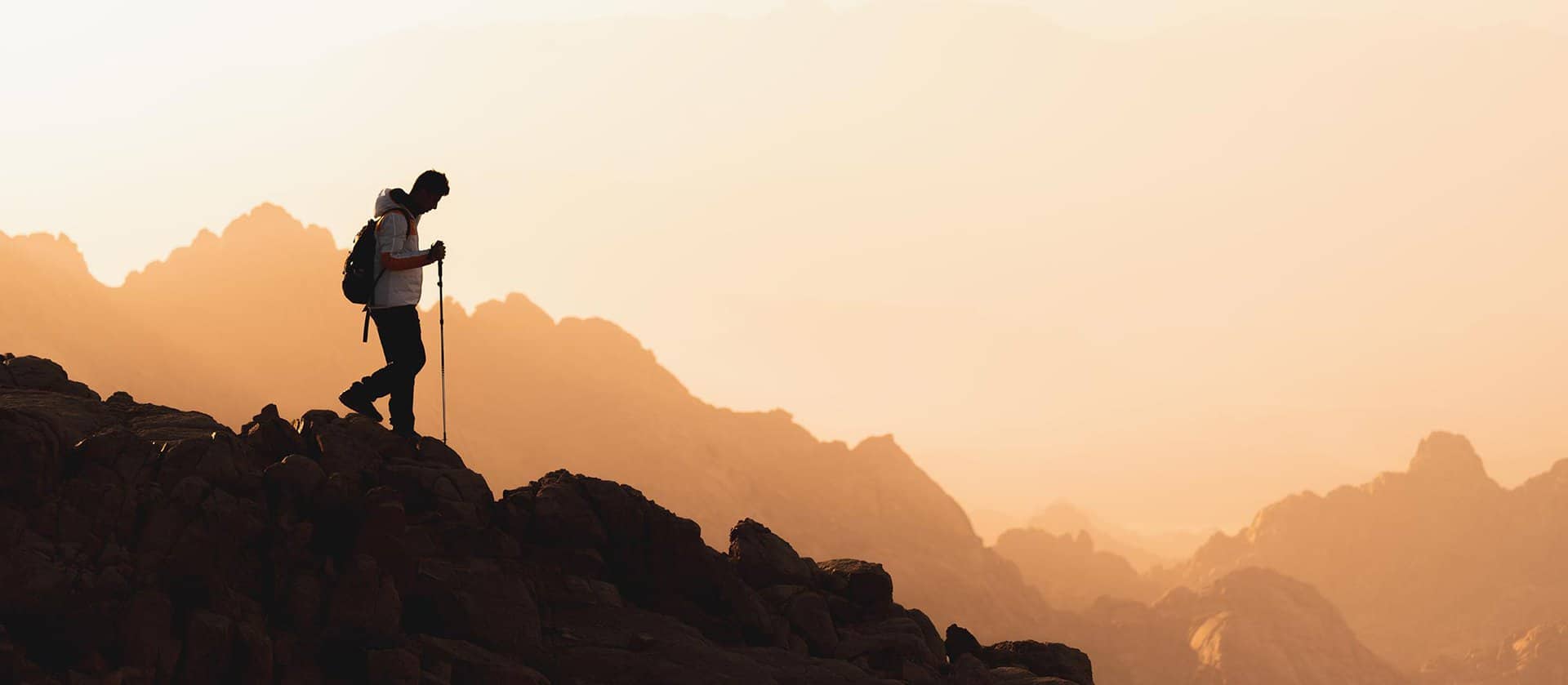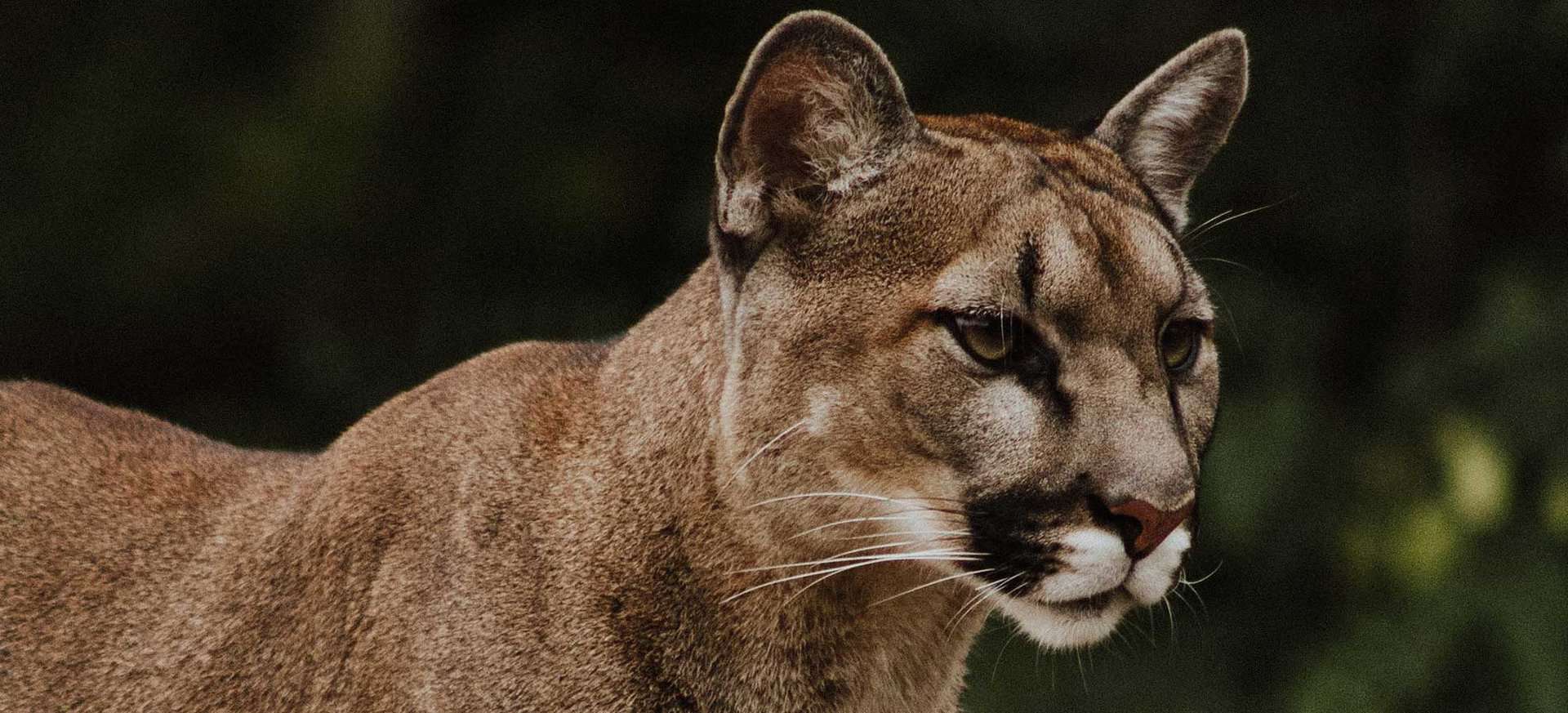Two Stories of Hiking Gone Wrong
Around 9 PM one summer night, I got a panicked call from guy from Florida. But he wasn’t in Florida. He was lost somewhere about an hour from Denver. He’d been hiking with friends, departed the trail to take care of some business, and couldn’t find his way back. When he finally found cell signal, he did a hurried search, found my Dayhikes Near Denver business listing and called me. I’ll tell you the rest of the story in the tips below.
Several years ago, I was backpacking with friends and we were about ten miles back in the Collegiate Peaks wilderness when a woman wandered into our campsite. She was dehyrdrated and shakey. She’d gotten lost and had spent about ten hours searching for her family. Her kids and husband were still out there somewhere, worried out of their minds and searching for her. Two of us stayed with her to get her fed and hydrated while the other two hiked out to alert search and rescue.
I’ve got plenty of other stories from hiking and backpacking in Colorado: a massive boulder almost crushing the kid beside me, a friend nearly falling off a cliffside, another struck by lightning. Freak events happen, but almost all of the mishaps I’ve experienced or heard were preventable. What follows are a set of tips to help you avoid the hazardous and enjoy the marvelous beauty of Colorado.
12 Tips for Hiking in Colorado
- Doubt your experience.
- The weather changes can be dramatic.
- Acclimate to the Altitude.
- Hike with Friends.
- Stay on the Trail.
- Pack the Essentials.
- Stay Aware of Lightning Safety.
- Pack Layers and Dress for the Hike.
- Don’t Climb Down Into That.
- 10. Leave an Itinerary
- Don’t Drink From That Mountain Stream.
- Leave No Trace.
When I check the news for “missing hiker” or “hiker death” almost all of the stories have one thing in common: They were experienced hikers. I’ve come to learn that experience means two things. First, that we who might be called “experience” are likely to get lax and think the rules don’t apply to us. We stop carrying the Ten Essentials and don’t leave an itinerary. We come to belive that we’v ve grown past the basics. The second thing is thate we forget that being experienced also means that probability math kicks in. The more you’re on the trail, the more you likely you are to see some hairy stuff and get into dangerous situations. The more days you spend in the high-country, the more exposed you are to lightning and places where you might fall. The more you hike in February and March in the high country, the more likely you are to trigger an avalanche. Beginners mind is a great mindset for everything that follows.
This Ain’t Michigan (fill in your state). In my home state of Ohio ,the weather fell on the entire region like a blanket. In Colorado, the weather can be a sunny 70 degrees in Denver while a snowstorm is falling on the peaks just 25 miles away. I see people underetimate this all the time. One Spring, a father and son from the Midwest lost their lives in a sudden snowstorm less than an hour from Denver, where the weather had been perfect just hours before. But a front was moving in, and sadly, it came in fast and the snow came in thick. Remember that the weather in Denver or Auroroa, Boulder, or Colorado Springs, can be deceptive. Checking the forecast for mountain towns, and realize that some areas are remote and don’t have as accurate of forecasts. Pack layers to adjust to changes temperatures, and also being willing to turn back if you see threatening weather. A
Colorado’s high elevation can pose challenges to those coming from lower elevations. So, give yourself a day or two to acclimate before tackling strenuous hikes. Stay hydrated (this keeps you oxygenated), avoid excessive alcohol and caffeine, and listen to your body. If you experience symptoms of altitude sickness, such as headaches or dizziness, descend to lower elevations and seek medical attention if necessary.
One of my friends climbed Mt. Everest but got close to dying of pulmonary edema while climbing Longs Peak. This circumstance is rare. But I’ve heard several similar stories, and I’ve noticed a pattern. So, I asked my friend: “When that happened, were you by chance, recovering from a flu or something?” He stopped what he was doing and looked me in the eyes. “Yeah, that’s exactly what was going on. I had just been really sick, and probably didn’t give my body enought time to recover.”
A light hike on the Front Range is unlikely to incite such a severe reaction, but going to 10,000 feet from 5,000 feet in elevation while recovering from an ailment puts you in a more vulnerable position.
People who get lost or injured on the trail are usually hiking alone or have split up from their party. That’s what happened with the woman who wandered into our campsite those years ago. She had decided to take her own path while her family took a less demanding and less scenic route. That story ended well, but it could have ended differently. On another occasion, a friend promised me that he would stay at our meetint point while we summited Mt. Harvard. When we got back to the rendevouz point, he was gone. Hours later, we found him, scraped and bleeding from attempting to descend the steep course of a moutain creek. On one occasion, he pulled out a picture of his fiance and spoke some last words to her, convinced he was likely to not make it out of the ordeal. Needless to say, I was pissed. He’d promised us he’d stay put. Turns out the mosquitos got to him, but why he decided to take a different route down, I still don’t understand.
That guy from Florida who called me in the middle of the night didn’t wander very far off the trail, but it was enough that he felt completely lost. Then he panicked and wandered farther, out of earshot from his friends. When he called me, it was dark, and he was scared of animals sneaking up on him in the dark. I told him, “Dude, what kills people out there is rarely an animal. It’s panic. Let’s get you calmed down and breathing.” He did an amazing job getting back to a place of calm. Then he became quiet enough to hear search and rescue dogs. He started calling out to them, and was found. I’ve been astounded by how easily I can get turned around in a landscape when I’m hiking off trail. So, unless you’re an experienced orienteerer, stay to the well-worn paths.
A well-prepared backpack is crucial for a successful hiking trip. Carry plenty of water, energy-rich snacks, and a first aid kit. It’s wise to bring a map, compass, or a GPS device, even if the trail is well-marked. Other essential items include a headlamp, a multi-tool, a whistle, insect repellent, and a lightweight emergency shelter. I’m also a big fan to carrying a lightweight down jacket or at least vest—even in the summer. I’ve read too many stories of people dying of hypothermia when a down would have kept their core warm for long enough to be found. You can read more about the 10 Essentials Here: LINK
Colorado is known for its frequent thunderstorms, especially during the summer months. Lightning poses a serious threat in the mountains. Stay informed about weather conditions and be prepared to seek shelter if thunderstorms are imminent. Avoid exposed ridges, tall trees, and open areas during electrical storms. See my full article on hiking and Colorado lightning.
As I described earlier, Colorado’s weather can be unpredictable, even in summer. Dress in layers, so you can adapt to changing conditions. Wear moisture-wicking clothing to stay dry, and don’t forget sturdy hiking boots with good ankle support. Carry a waterproof jacket, a hat, and sunscreen to protect yourself from the intense sun at higher altitudes. And a down jacket—even in the summer—is a great thing to always keep in your pack.
Like I said before, I have a perhaps unhealthy fascination with backcountry accident stories. One of the most common mishaps is the downclimb+cliffout. This usually happens in the mountains when a hiker goes off trail attempting to descend via a more direct route. But then they find themselves in very steep and difficult terrain and eventually get cliffed-out. They try to turn back but the terrain is to steep to ascend. The panic sets in, and one of two things happen: 1) a really bad fall, or 2) they wait it out and search and rescue locates them. This same thing can happen climbing up into steep areas, but about 80% of what I’ve read have been stories of people trying to create their own more direct route down a mountain.
Imagine you get lost or have a mishap and break your ankle and can’t get to your car. You’re out of cell range. But you’ve left your itinerary with a friend. They know your trailhead, your estimated return time, and have a good idea where to send search and rescue. Then imagine how you might feel if you were in the same circumstance but you didn’t leave an itinerary.
I’ve had giardia twice due to untreated water from mountain streams. In both cases, the kids I was guiding—I surmise—somehow missed properly treating the water in my bottle. Thankfully, no one else got sick. Colorado’s mountain streams and lakes may appear pristine, but they can still carry harmful bacteria and parasites. This is because rodents and other animals live and drink from those streams. And they don’t mind dropping their feces there, too. So, treat all water obtained from natural sources, either by using a water filter, purifier, or by boiling it for at least one minute. Avoid contaminating water sources by camping at least 200 feet away and using biodegradable soap if necessary.
Did you know that some of the tundra grasses that grow above treeline take something like 100 years to grow one inch? When I see people running across the tundra on Trail Ridge Road, I cringe. I also understand, because such majestic landscapes beckon us. The LNT principles are a tried and true way to help us all not to “love to death” our favorite places, and preserve them for our kids and their kids… You can read about those here:
Most hikes are uneventful opportunities to take in the beauty of wildflowers, waterfall, and mountains. My hope is that that following these tips, plus a little common sense, will help keep you safe as you enjoy the unmatched beauty of Colorado.
Aaron Johnson has been hiking in Colorado for over 20 years. The owner and editor of Dayhikes Near Denver, Aaron writes every trail profile as a local guide who has hiked hundreds of miles of trails along the Front Range and deep in the Rocky Mountains of Colorado.




